In our daily work, we will encounter various large and small work projects. How to ensure the quality and quantity of the project is completed requires project management. What is project management? One sentence explanation: within a limited time and within the scope of constraints , gather limited resources to complete the project goals.
The editor will share with you the main contents of project management and how to do a good job in every link of project management through 11 mind maps and flow charts of project management so that the work can be completed in an orderly manner as expected.
In project management, the process is generally summarized into 10 knowledge areas, 5 project management process groups, and 49 process matrices. As long as these links are strictly controlled and completed as planned, the project can be smoothly promoted and completed. The following figure shows the relationship between them.
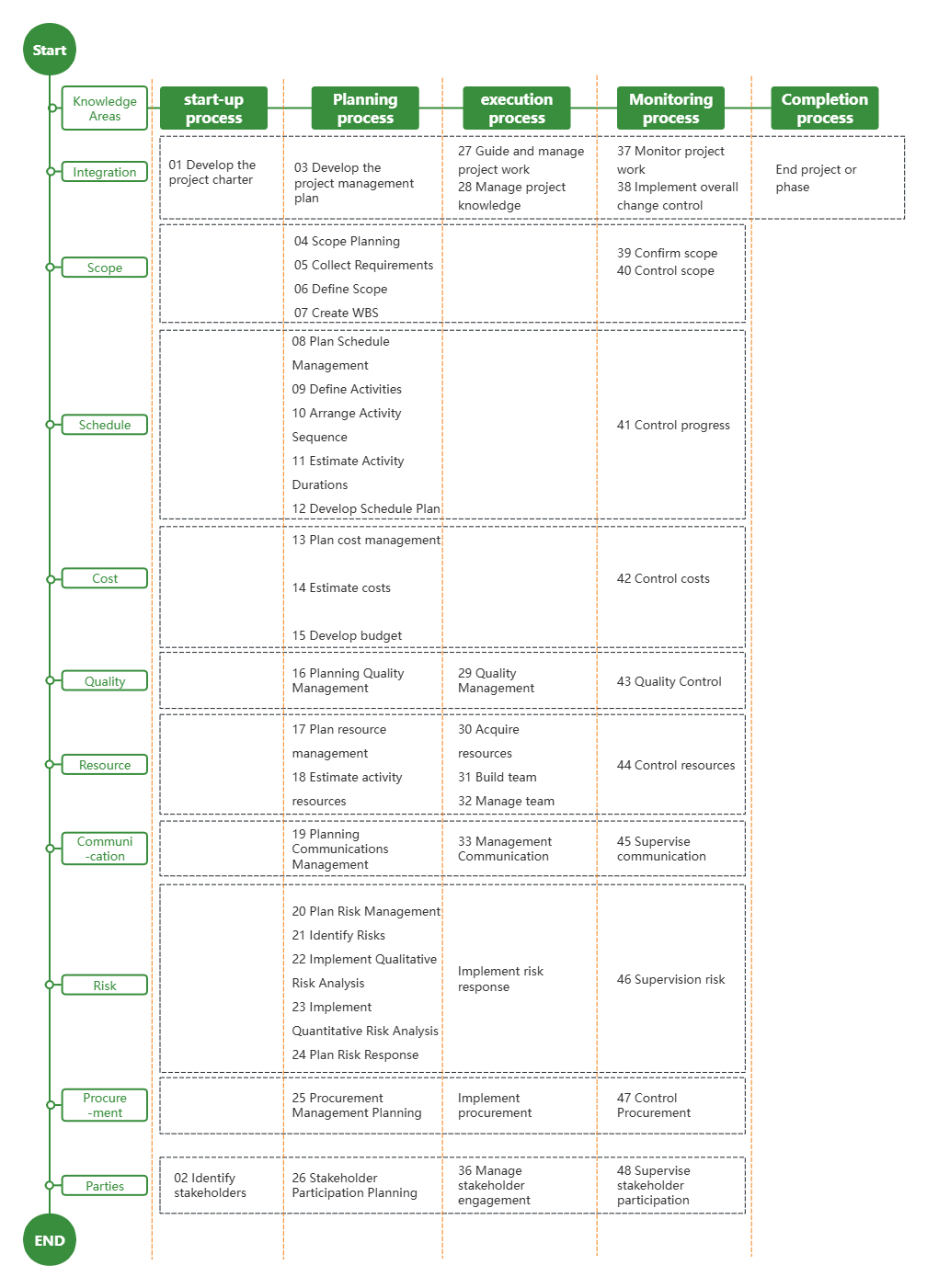
Five stages of project management
The content of project management includes 10 parts, namely: overall management, scope management, time management, cost management, quality management, human resource management, communication management, risk management, procurement management, and integration management. Next, these 10 knowledge areas will be explained using mind maps and flow charts.
Overall management refers to identifying, defining, combining, unifying and coordinating the various processes and project management activities in the project management process group. To sum up project integration management in one sentence, its role is like the thread in a necklace, effectively integrating the various processes required in the project management process group.
The main contents of project management are to formulate project charter, formulate project management plan, guide and manage project work, supervise project work, etc.
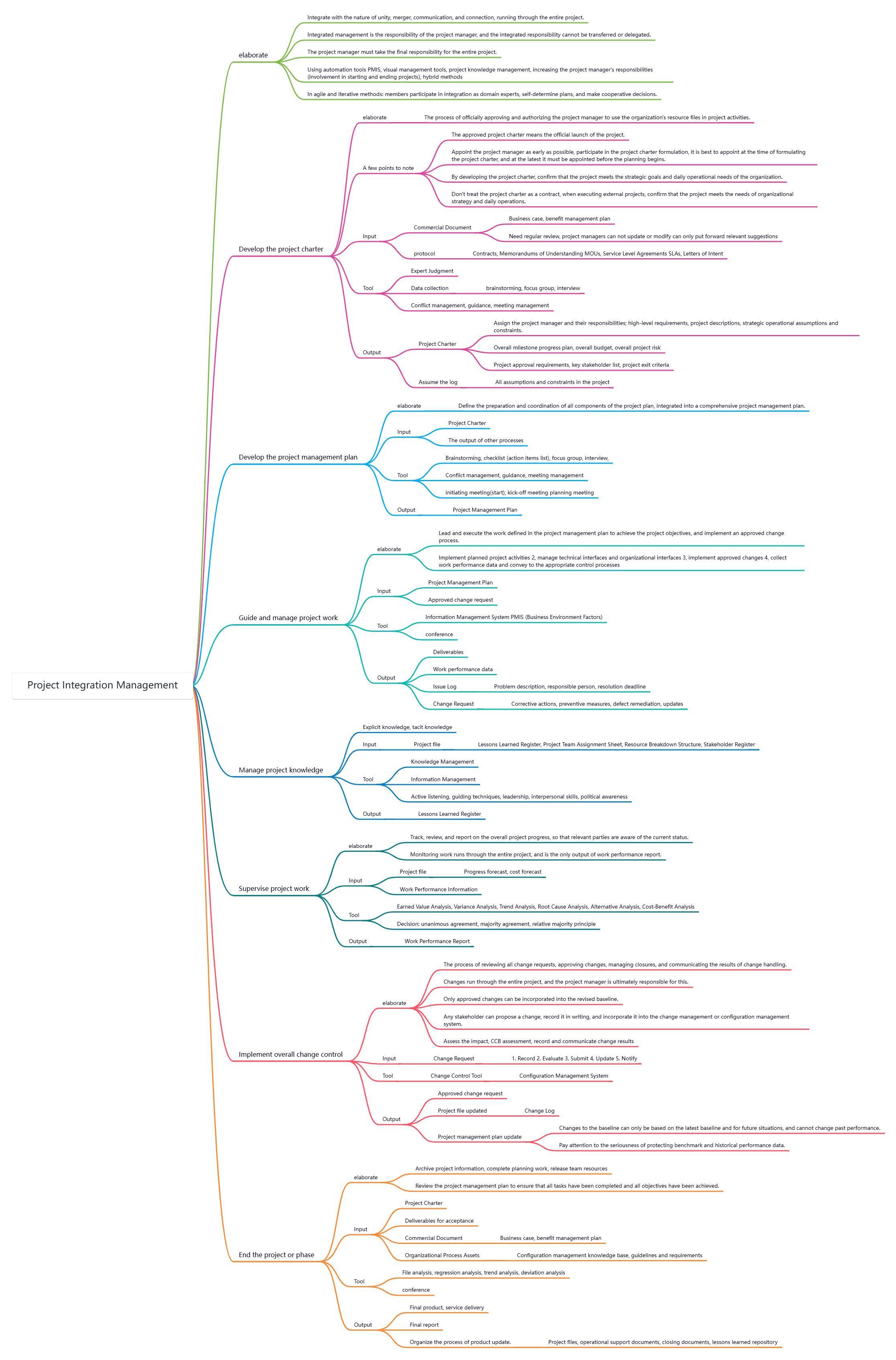
Project Integration Management
Project scope management refers to the process of ensuring that the project includes all the work required to successfully complete the project, but only includes the work that must be completed. In one sentence, it can be summarized as: do and only do what should be done, and don't do what should not be done.
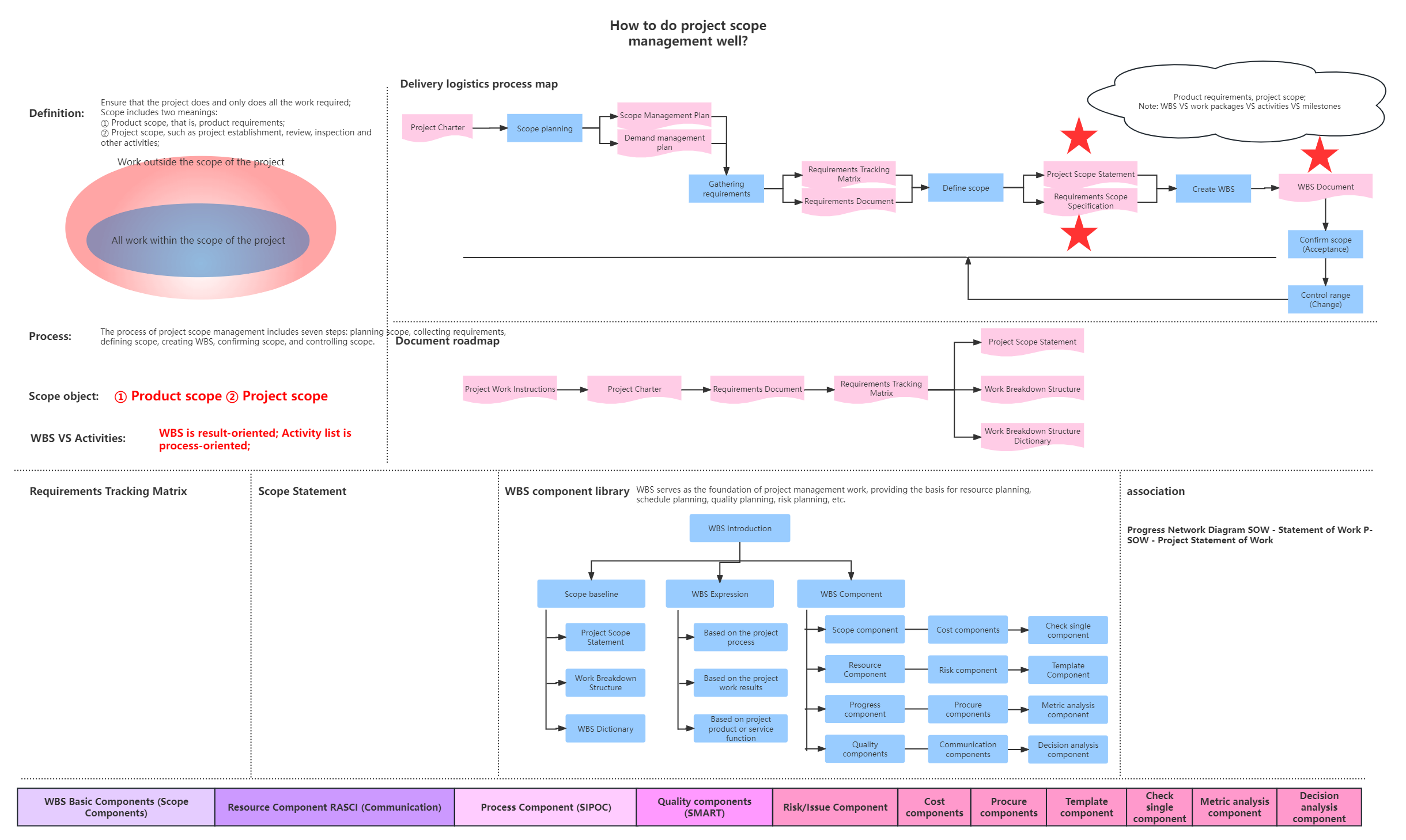
Project time management means making everything proceed according to the established schedule. Reasonable time management of the project is the key to ensuring the smooth delivery of the project. So how can we do a good job in project time management? You can start from six aspects: define the scope of the project and focus on decomposing the work; prioritize the project work; estimate the project duration; formulate a project schedule; control the progress; use tools, etc.
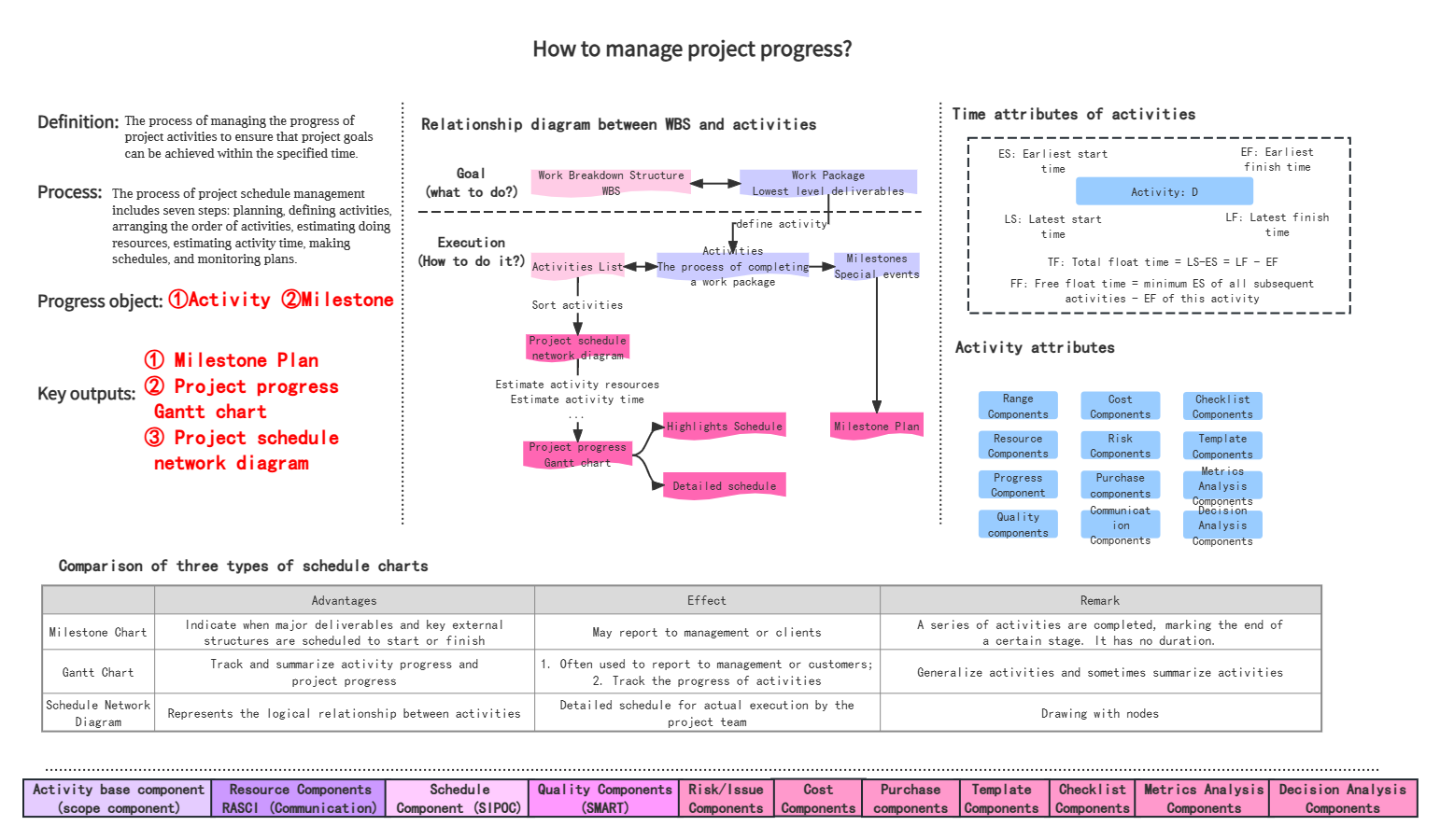
Cost management refers to trying to control the actual cost of the project within the budget range to ensure that the project is completed within the budget. It mainly includes four processes: planning cost management, estimating costs, formulating budgets and controlling costs.
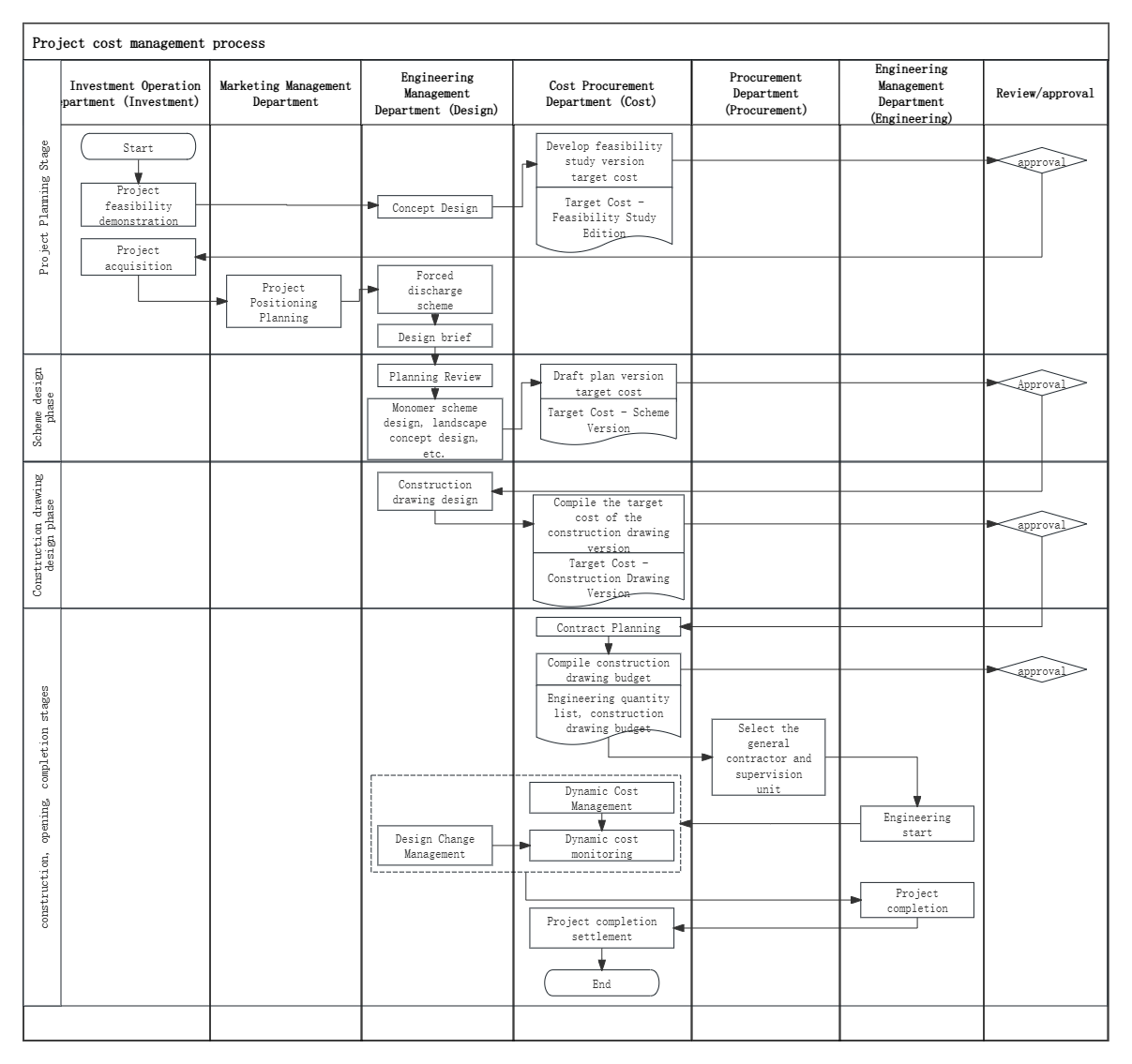
Project Cost Management Process
Project cost management is actually the process of "saving money" for a project, which is generally to estimate, control and manage the resources and expenses of the project. Two aspects need to be noted: first, a budget plan should be made before the project is put into operation; second, there should be real and real-time data feedback on the actual expenditure. Only when project managers analyze and manage these two types of data can project cost management be more scientific and reasonable. However, there is a misunderstanding that everyone should not step into: project cost management ≠ the more money the better.
Project quality management mainly includes three processes: planning quality management, managing quality, and controlling quality. The purpose is to produce qualified quality, build confidence (customer/team), meet specific needs and expectations, audit quality requirements and quality control measurement results, and improve production processes.
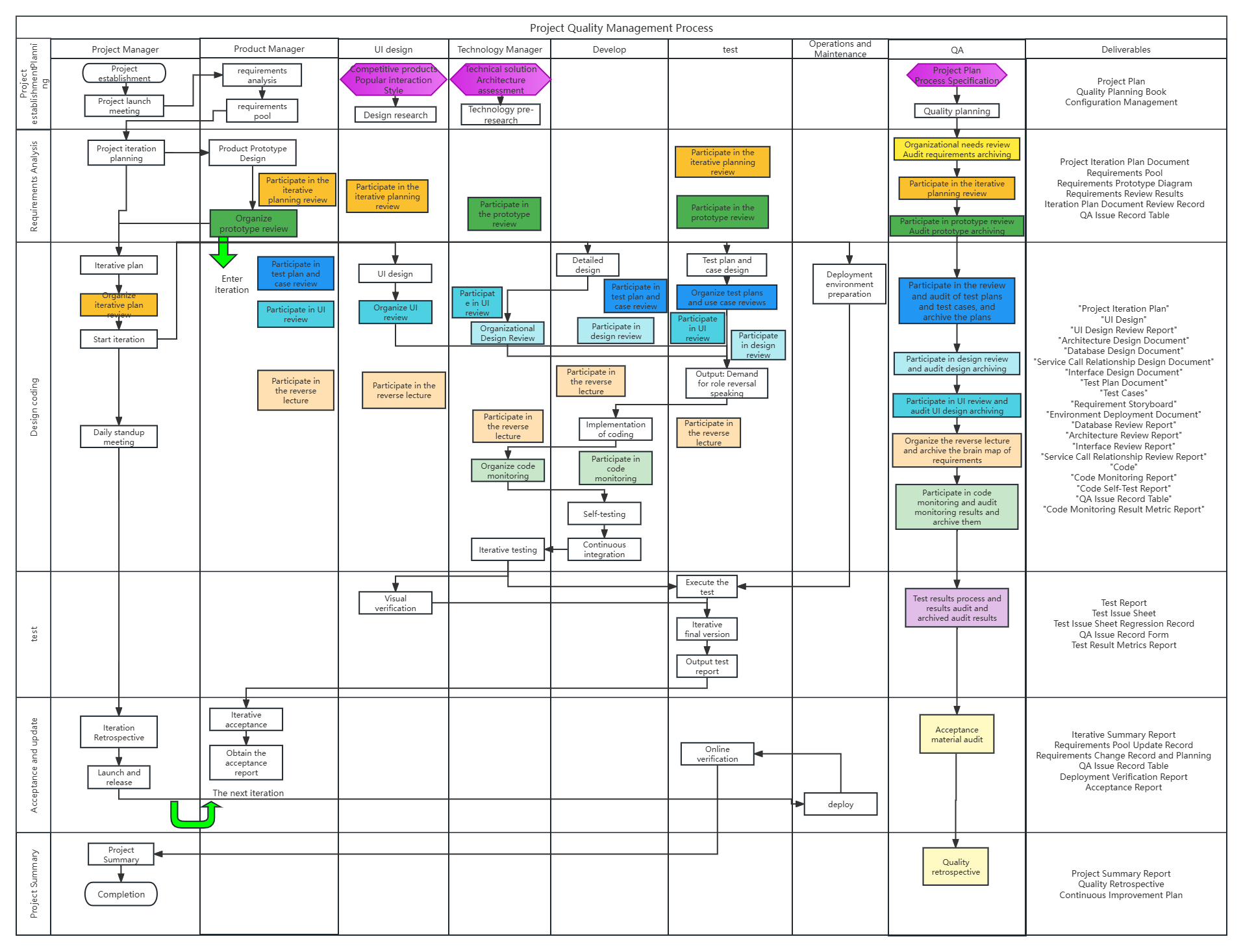
Project Quality Management Process
Talent is the most important asset of an enterprise, and project human resource management is an important part of project management. The four processes of project human resource management are: formulating human resource plans, forming project teams, building project teams, and managing project teams.
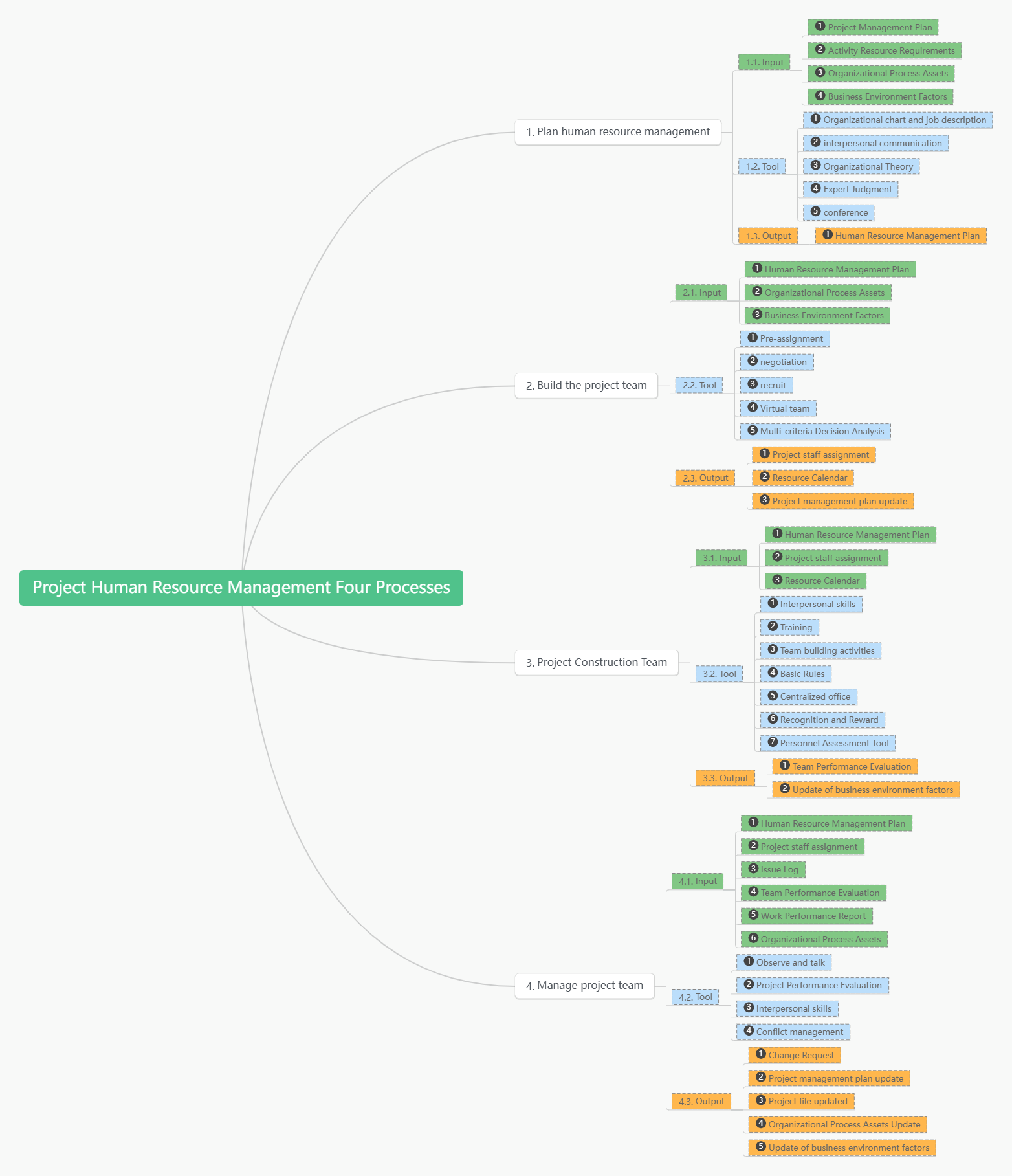
Project Human Resources Management
This process seems relatively easy, but in fact, managing talents is the most difficult. In short, the project manager must be considerate and respectful to people, understand what can motivate people, and communicate with people carefully. Only by focusing on human resource management can subordinates complete their tasks well.
Communication management is to let the right person convey the right information to the right person in the right way at the right time. It may seem like a useless word, but how to choose the "right" person and the "right" way is very challenging, so communication management ability is one of the most important abilities of a project manager.
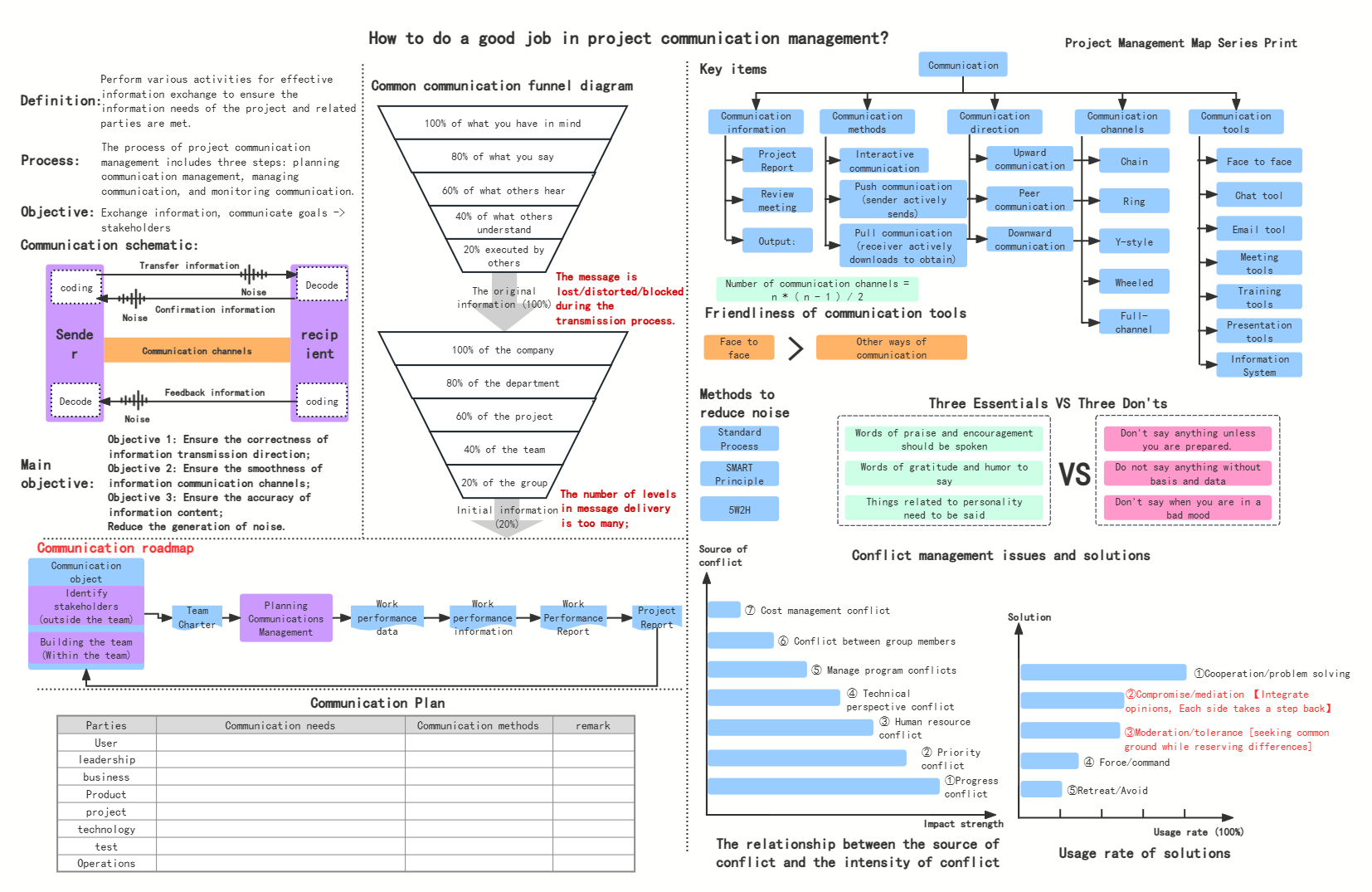
Project Communication Management
The goal of project risk management is to increase the probability and impact of positive risks and reduce the probability and impact of negative risks, thereby increasing the likelihood of project success.
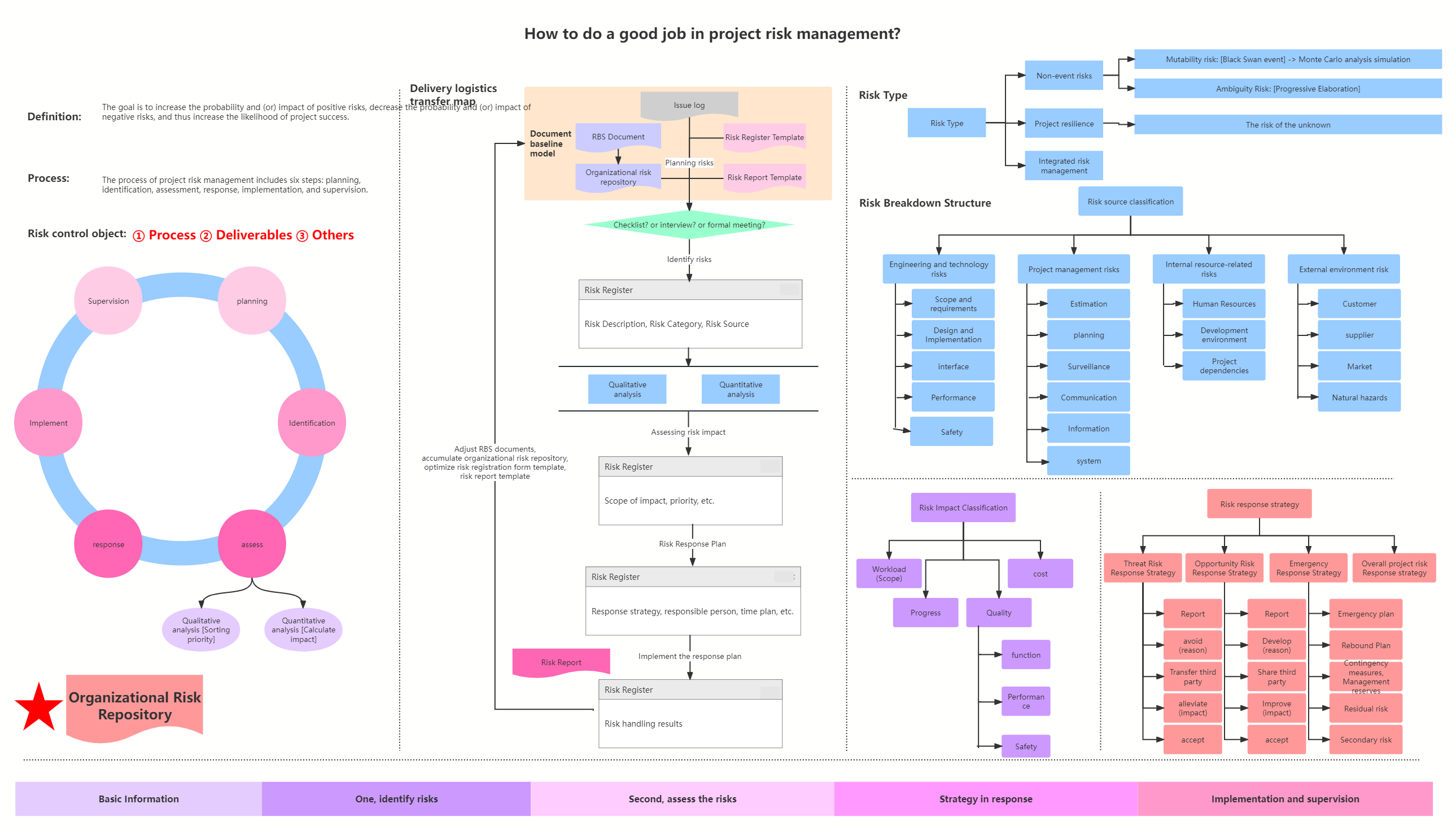
Project managers do not have to be experts in the field of procurement management laws and regulations, but they should have sufficient understanding of the procurement process. The procurement management process includes four steps: planning procurement management, implementing procurement, controlling procurement, and closing procurement.
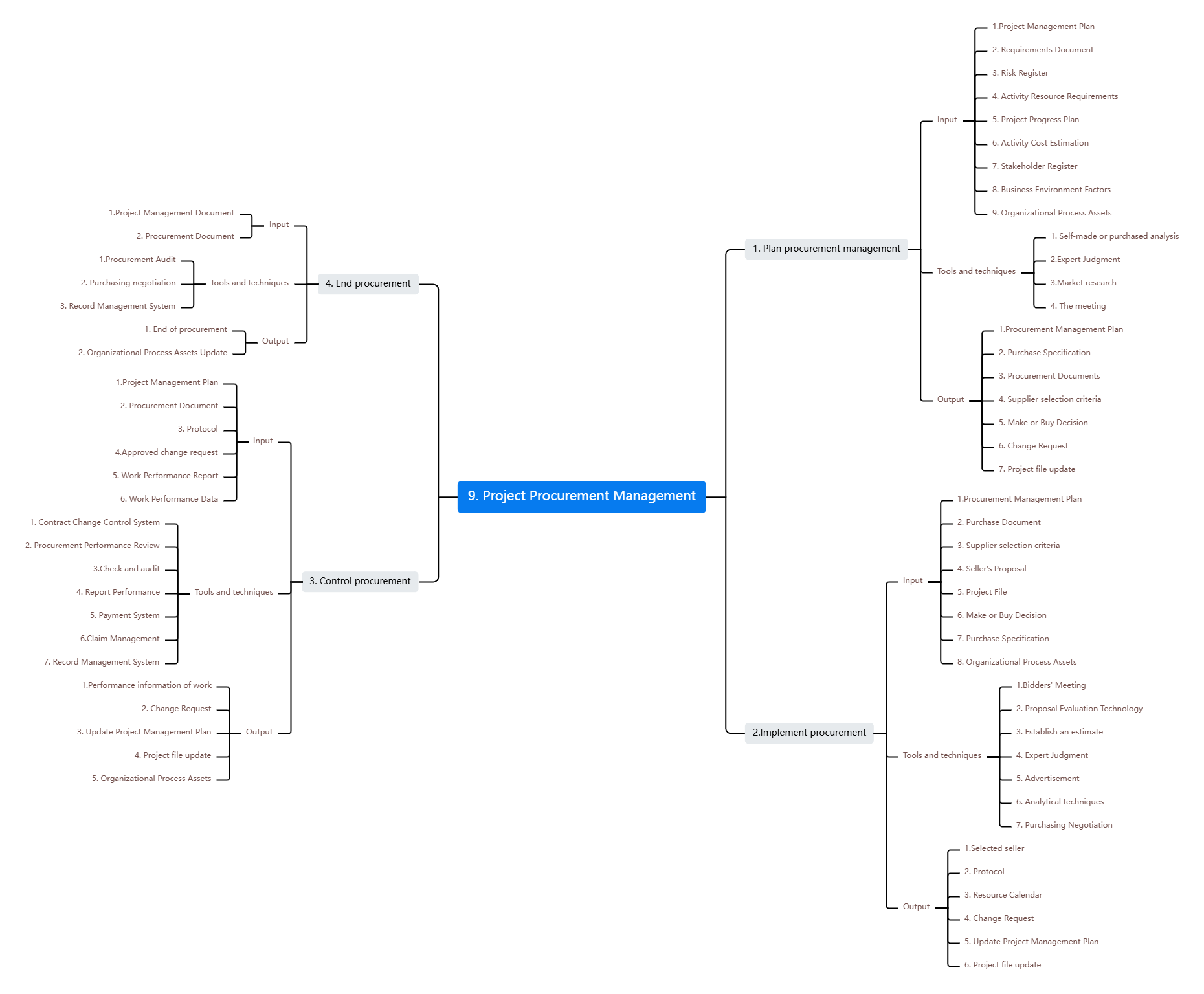
Project Procurement Management
A project starts with stakeholder needs and ends with stakeholder satisfaction. Project stakeholders refer to any individual, group or organization that is affected by or can affect the project. In other words, any individual, group or organization that has a direct or indirect relationship with the project is a project stakeholder. Project stakeholder management should be carried out in the following steps: identifying stakeholders, planning stakeholder management, managing stakeholder participation and controlling stakeholder participation.
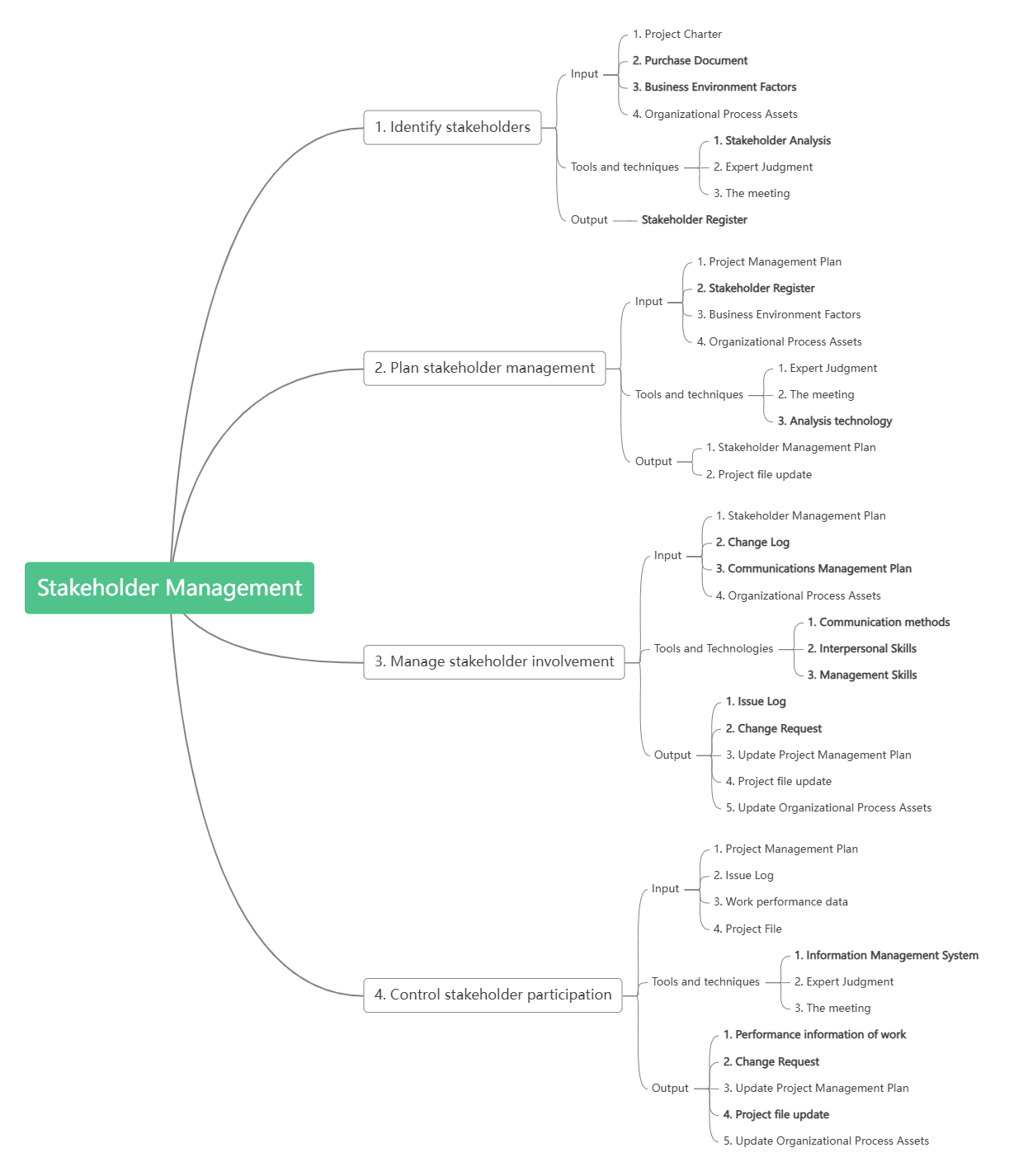
Project Stakeholder Management
Project stakeholder management is one of the important aspects of project management. Its purpose is to mobilize positive factors, resolve negative influences and ensure project success.
Projects are everywhere in life. Project management is not mysterious. Fundamentally speaking, the organizational work and team activities carried out by humans for thousands of years can be regarded as project management behaviors. Project management is a basic ability that everyone must have. It can make complex problems simple and is an important means to ensure the success of a project. Learning project management can make your work more efficient, so I hope everyone can master this ability.
The above is the relevant content about project management. All the above project management cases are drawn using ProcessOn.